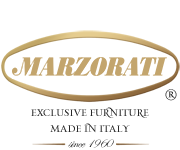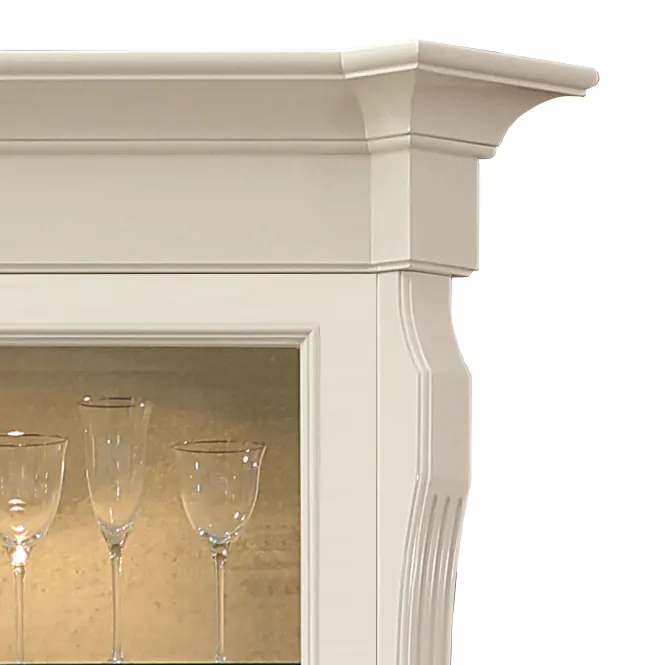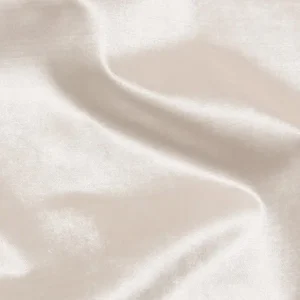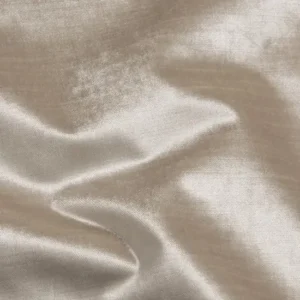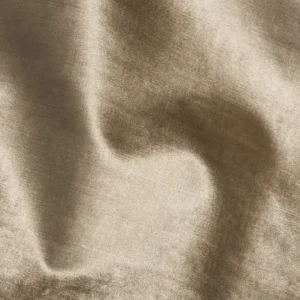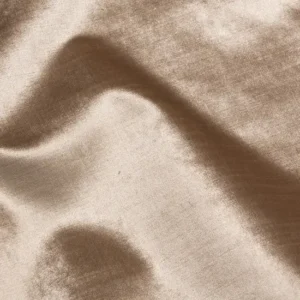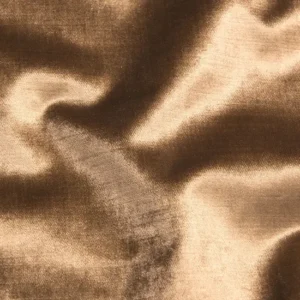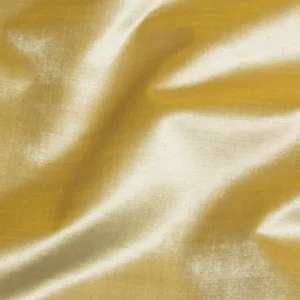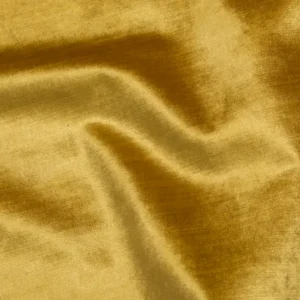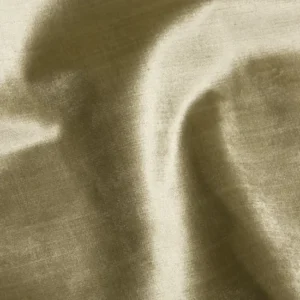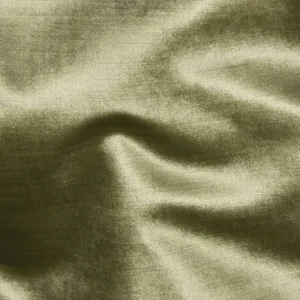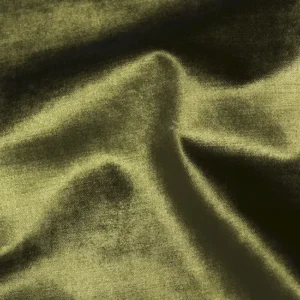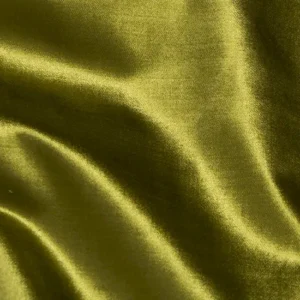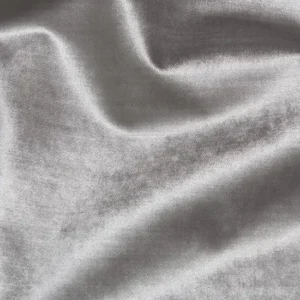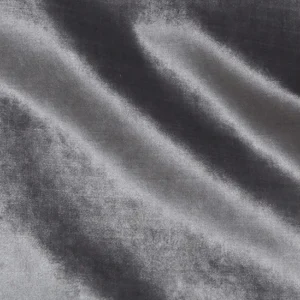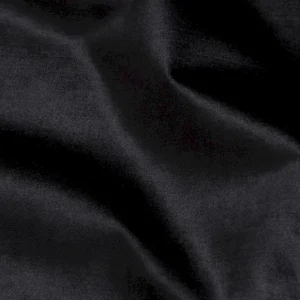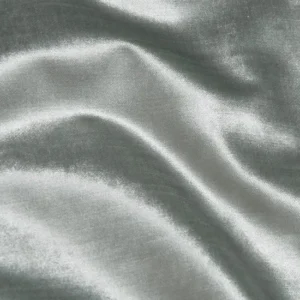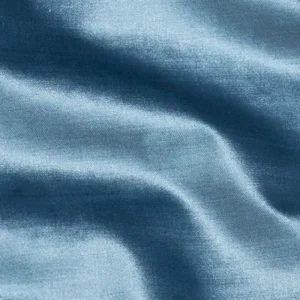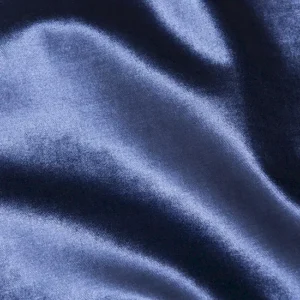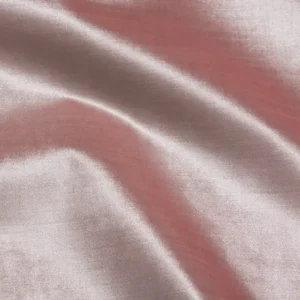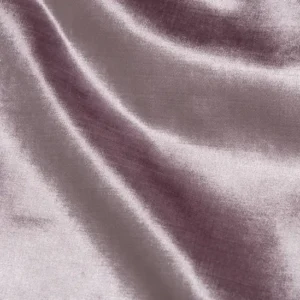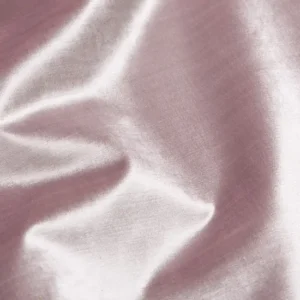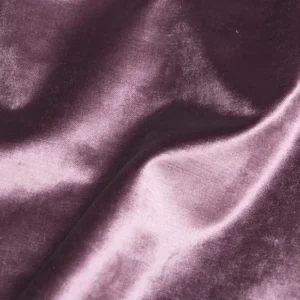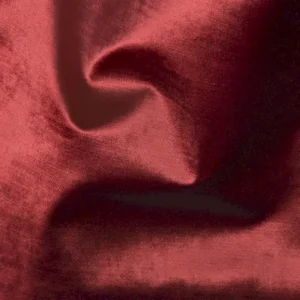Monte Carlo - finiture ITA
Intraprendi un viaggio nell'eleganza senza tempo con la Collezione Monte Carlo. Ogni pezzo è più di un semplice mobile; è un'opera d'arte funzionale che trasforma il tuo spazio in un rifugio di stile e comfort.
La Collezione Monte Carlo è caratterizzata da linee pulite e proporzioni bilanciate, creando un'estetica senza tempo che si adatta armoniosamente a qualsiasi stile di arredamento. Ogni pezzo è progettato con attenzione ai dettagli, evidenziando la maestria artigianale e il nostro impegno per l'eccellenza.
Rendi la tua casa veramente tua con la possibilità di personalizzare i mobili Monte Carlo secondo i tuoi gusti personali. Scegli tra una varietà di finiture, colori e dettagli per creare un ambiente che rifletta la tua individualità e soddisfi le tue esigenze specifiche.
Size Guide 1
Come valutare rivestimenti e colori? Ogni finitura in legno o rivestimento in pelle o tessuto viene digitalizzato nel nostro studio fotografico. Le foto vengono scattate ed elaborate in alta qualità, in condizione di luce neutra. Nonostante gli scrupolosi processi di digitalizzazione adottati, la resa dei colori può subire delle lievi differenze a seconda del monitor usato e delle condizioni di luce del momento. Inoltre, pelli e tessuti possono anche variare nella colorazione del lotto di tintura, come la colorazione dei prodotti in legno. Le marcature naturali e le variazioni di lotto di tintura non sono in alcun modo considerate difetti. È politica di Marzorati non accettare resi di prodotti per qualsiasi motivo la cui causa sia dovuta al colore. Per avere maggiori informazioni sul campionario digitale o in caso di dubbi su colori e abbinamenti, ti invitiamo a contattare i nostri consulenti d’arredo che sapranno indicare la miglior soluzione per le tue esigenze.
Monte Carlo credenza 4 ante
cm.: 226 x 55P x 101H
-
Finiture
Monte Carlo - finiture ITA
Intraprendi un viaggio nell'eleganza senza tempo con la Collezione Monte Carlo. Ogni pezzo è più di un semplice mobile; è un'opera d'arte funzionale che trasforma il tuo spazio in un rifugio di stile e comfort.
La Collezione Monte Carlo è caratterizzata da linee pulite e proporzioni bilanciate, creando un'estetica senza tempo che si adatta armoniosamente a qualsiasi stile di arredamento. Ogni pezzo è progettato con attenzione ai dettagli, evidenziando la maestria artigianale e il nostro impegno per l'eccellenza.
Rendi la tua casa veramente tua con la possibilità di personalizzare i mobili Monte Carlo secondo i tuoi gusti personali. Scegli tra una varietà di finiture, colori e dettagli per creare un ambiente che rifletta la tua individualità e soddisfi le tue esigenze specifiche.
Size Guide 1
Come valutare rivestimenti e colori? Ogni finitura in legno o rivestimento in pelle o tessuto viene digitalizzato nel nostro studio fotografico. Le foto vengono scattate ed elaborate in alta qualità, in condizione di luce neutra. Nonostante gli scrupolosi processi di digitalizzazione adottati, la resa dei colori può subire delle lievi differenze a seconda del monitor usato e delle condizioni di luce del momento. Inoltre, pelli e tessuti possono anche variare nella colorazione del lotto di tintura, come la colorazione dei prodotti in legno. Le marcature naturali e le variazioni di lotto di tintura non sono in alcun modo considerate difetti. È politica di Marzorati non accettare resi di prodotti per qualsiasi motivo la cui causa sia dovuta al colore. Per avere maggiori informazioni sul campionario digitale o in caso di dubbi su colori e abbinamenti, ti invitiamo a contattare i nostri consulenti d’arredo che sapranno indicare la miglior soluzione per le tue esigenze.
